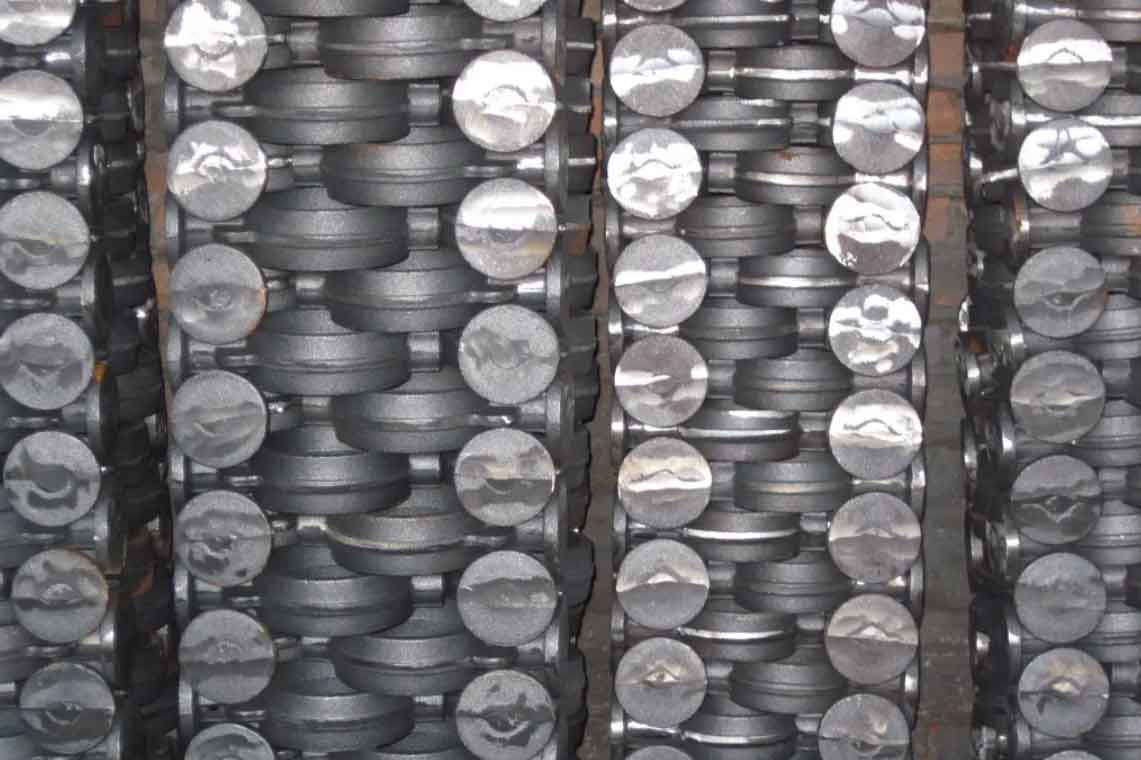Effective control of other process parameters can avoid cracks in valve castings. These processes mainly refer to the process of chilled furan resin quartz sand except casting and smelting. This process mainly takes sand mold material as the molding material of valve casting. The sand separation layer in the valve casting pipeline under the action of this process mainly uses thick chrome ore, its thickness should be controlled to be ≥ 0.03 m but not > 0.05 M, and the sand content in the sand core is (0.08 ~ 0.10) M. Sulfur and phosphorus in smelting process are harmful metal components in valve materials, which will lead to metal stress corrosion. Relevant personnel shall control the content of these harmful components in casting and smelting. In the smelting process, the return oxygen blowing method of electric arc furnace is mainly adopted to strengthen smelting. However, in this method of smelting, alloy elements and furnace lining are easy to be damaged, and the whole smelting process needs to consume more time. This means that the smelting cost will increase and the smelting quality cannot be guaranteed. If the technology is not implemented in place, there will be oxide film on the casting surface, which will reduce the anti-corrosion performance of the casting, the casting surface can not maintain a certain flatness and fineness, and even other impurities will appear. In the smelting process design, relevant personnel shall analyze the above problems and find solutions to make the content of effective components in casting materials meet the requirements and the content of impurities or harmful substances under control. The optimization points of smelting process are as follows.
(1) Ingredients. In the electric arc furnace, select the high alloy steel return charge of this steel type, and ensure the content of this charge. Before the application of materials, the electric arc furnace needs to be equipped so that it is not easy to be damaged. The added components are mainly FeSi and Ni. Relevant personnel should control the content and concentration of the two components.
(2) Melting period. Mainly control the slag discharge time so that it will not affect the process of oxygen blowing decarbonization. Relevant personnel need to check the melting condition of the charge to ensure that it is completely melted. At this time, the molten steel temperature of the valve casting has reached 1600 ℃. At this time, relevant personnel should create conditions for oxygen blowing decarburization to be carried out under thin slag.
(3) Incubation period. At this stage, the silicon content is mainly regulated to adapt to the weight of molten steel of valve casting, and the oxygen blowing temperature, oxygen blowing pressure and time are controlled. Finally, the composition and content of liquid steel meet the requirements.
(4) Reduction period. Adding Fe Cr into deoxidized molten steel mainly reduces chromium. In the pouring of valve castings, the pouring temperature should be controlled to shorten the pouring time.

